Sweet C16, a young female trumpeter swan, has joined us at Woodbine Park in the Beach. © BCP 2010
What’s this? A new swan has taken up residence, if only temporarily, in a tiny man-made pond at Woodbine Park (near Coxwell Ave. and Lakeshore Blvd. E.).
We’re used to seeing the mute swans (Cygnus olor) at the Beach (the old-marrieds, Penny and Tycho, and their annual clutch of cygnets). But the new arrival is a trumpeter swan (Cygnus buccinator) wearing a yellow wing tag announcing her number, C16.
It didn’t take too much fancy fingerwork on my keyboard to find out that C16 is a female trumpeter hatched in the late spring of 2009. She was subsequently banded, with her nest mates, at Bluffer’s Park on Sept 17th, 2009, by Harry Lumsden. (To find out more about C16’s siblings, click here to go to the Trumpeter Swan Society’s blog.
Well, once I found out that our young female was number 16, I just had to call her Sweetie. I’ve been to see her a few times, now, and I can report that she is very very friendly, and seems amazingly intelligent. You can see it in her eyes. But she was damn sure yesterday that she didn’t want to share her tiny pond with a rambunctious labrador. (I’ll try to get the very short video I took of that encounter up shortly.)
Don’t know how long Sweetie will stay with us. After all, she’s very young (likely 16 months or so) and may be looking around for a place to call her own. Not sure if the fountain pond at Woodbine Park is the right place for her though. It’s very, very tiny. Can she even get out of it? I did wonder if she were maybe trapped without enough pond runway, as it were, to take off. Have sent a query to the folks at the TSS and hope that they will answer soon.
She certainly seems to be getting enough to eat, at least for now. Who knew that there was so much submerged aquatic vegetation in the fountain pond?
I’ll keep everyone posted on Sweet C16.
© BCP 2010


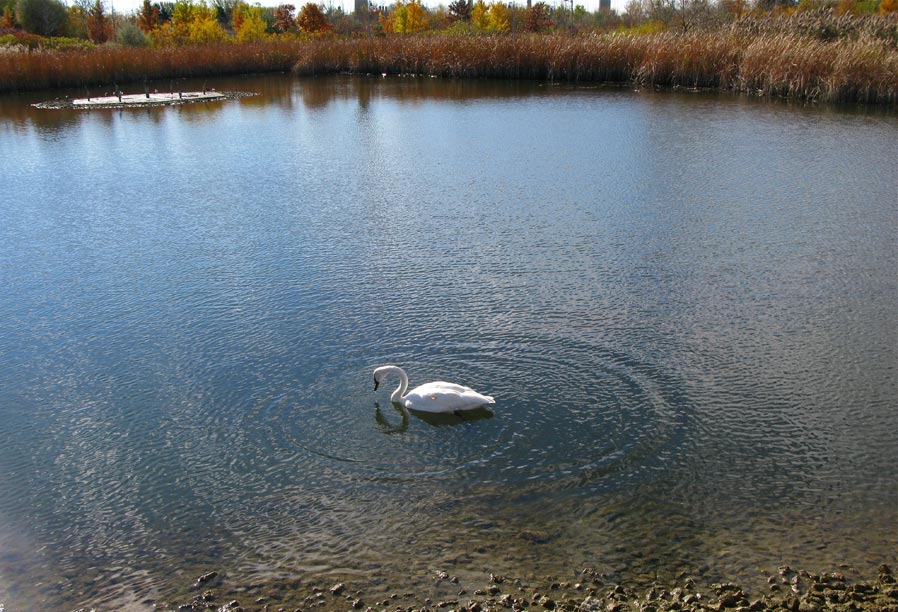
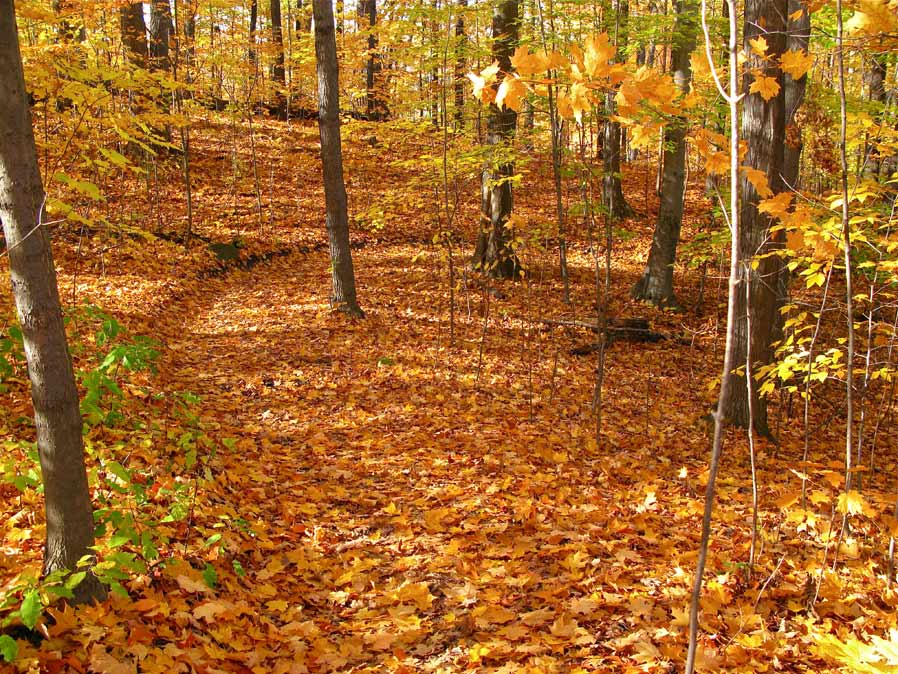
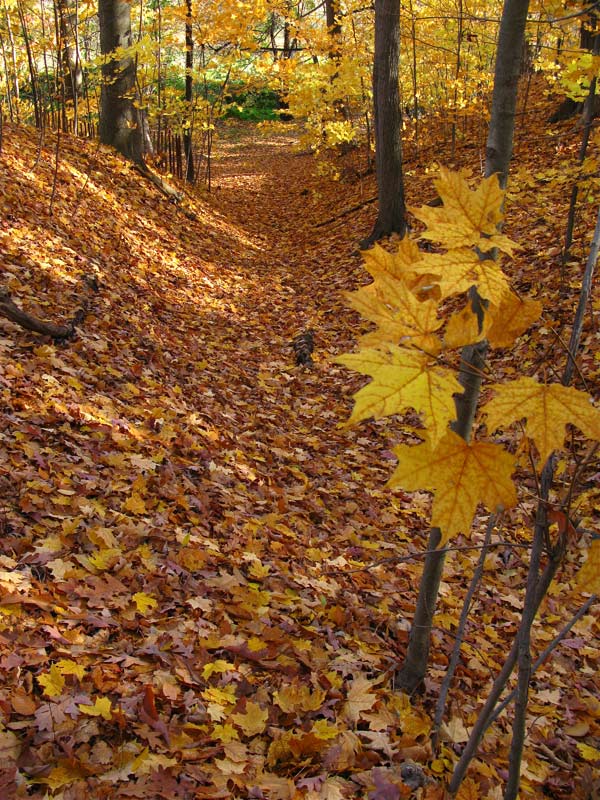
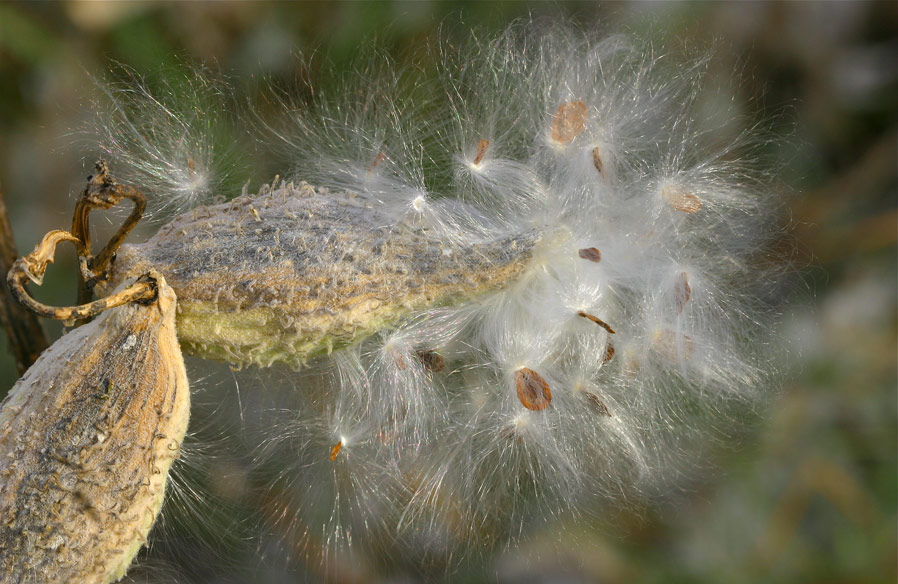
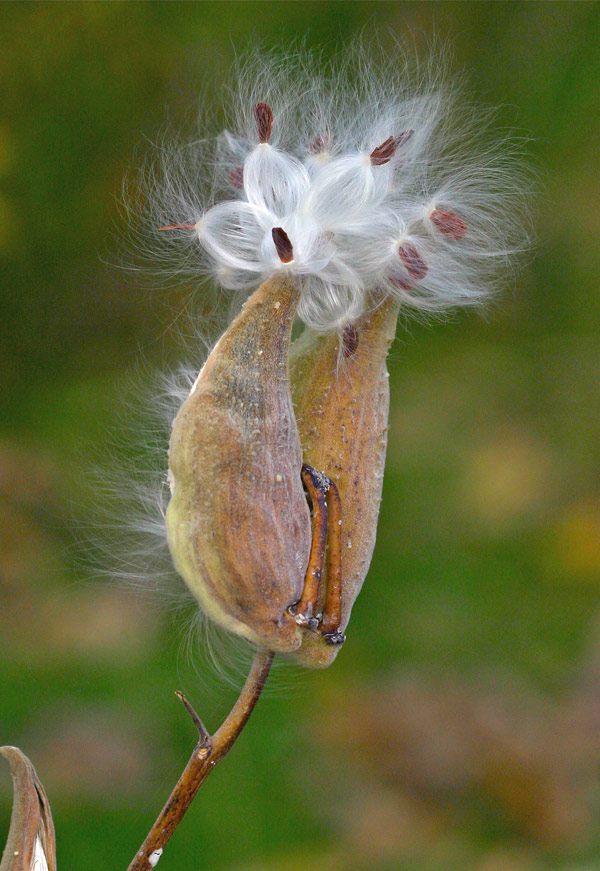
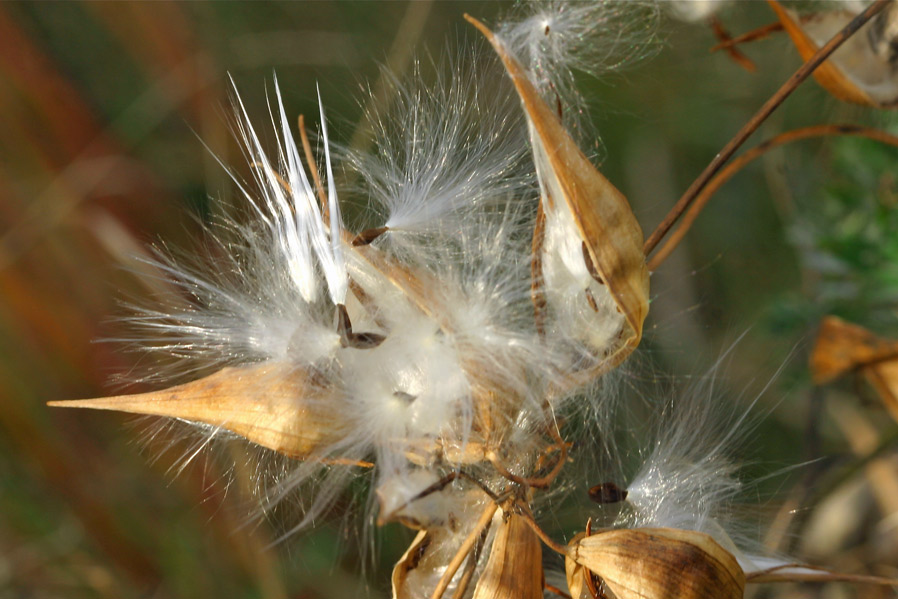
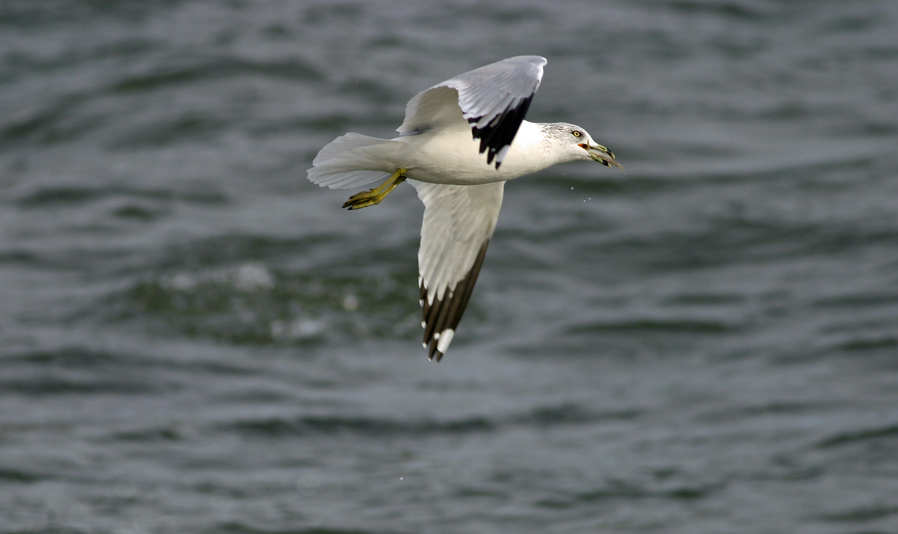
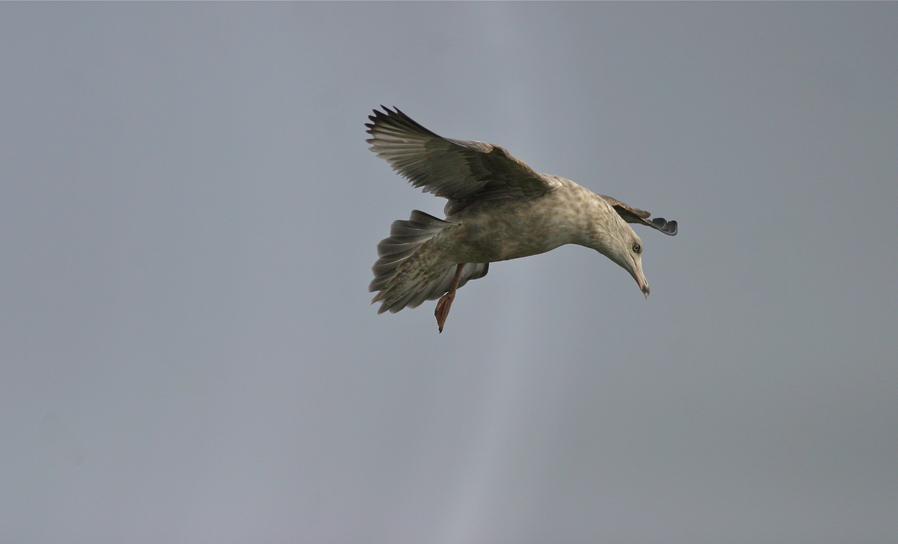
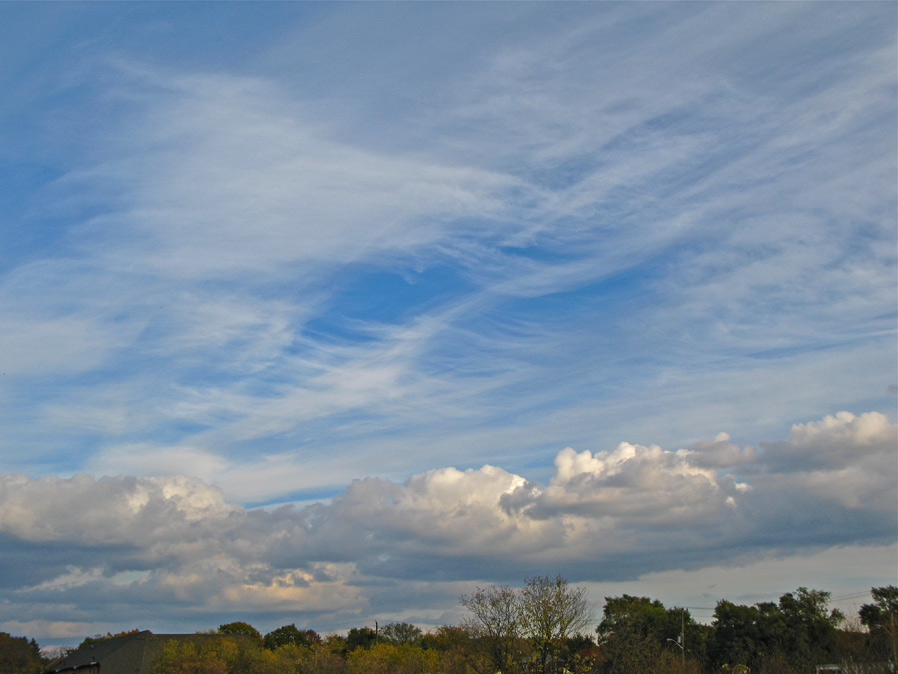

1 comment